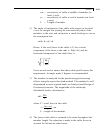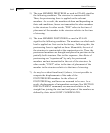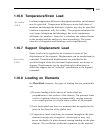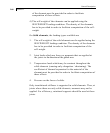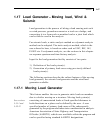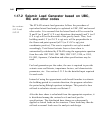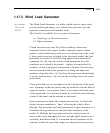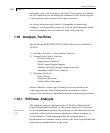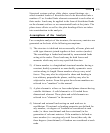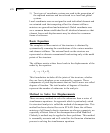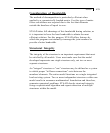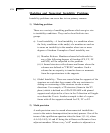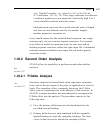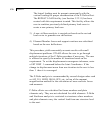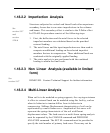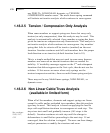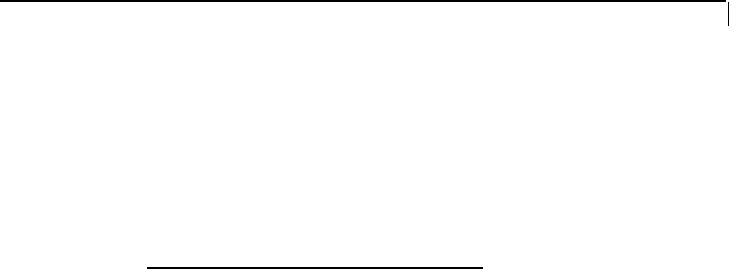
Section 1
1-71
Structural systems such as slabs, plates, spread footings, etc.,
which transmit loads in 2 directions have to be discretized into a
number of 3 or 4 noded finite elements connected to each other at
their nodes. Loads may be applied in the form of distributed loads
on the element surfaces or as concentrated loads at the joints. The
plane stress effects as well as the plate bending effects are taken
into consideration in the analysis.
Assumptions of the Analysis
For a complete analysis of the structure, the necessary matrices are
generated on the basis of the following assumptions:
1) The structure is idealized into an assembly of beam, plate and
solid type elements joined together at their vertices (nodes).
The assemblage is loaded and reacted by concentrated loads
acting at the nodes. These loads may be both forces and
moments which may act in any specified direction.
2) A beam member is a longitudinal structural member having a
constant, doubly symmetric or near-doubly symmetric cross
section along its length. Beam members always carry axial
forces. They may also be subjected to shear and bending in
two arbitrary perpendicular planes, and they may also be
subjected to torsion. From this point these beam members are
referred to as "members" in the manual.
3) A plate element is a three or four noded planar element having
variable thickness. A solid element is a 4-8 noded three
dimensional element. These plate and solid elements are
referred to as "elements" in the manual.
4) Internal and external loads acting on each node are in
equilibrium. If torsional or bending properties are defined for
any member, six degrees of freedom are considered at each
node (i.e. three translational and three rotational) in the
generation of relevant matrices. If the member is defined as
truss member (i.e. carrying only axial forces) then only the
three degrees (translational) of freedom are considered at each
node.



